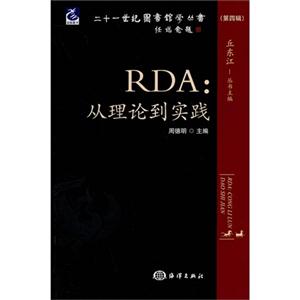
作者:王蔷
页数:201
出版社:国家开放大学出版社
出版日期:2003
ISBN:9787304024307
电子书格式:pdf/epub/txt
内容简介
本书采用了启发式、互动式、讨论式和反思式的学习方式,围绕小学生的学习特点,小学英语老师的素质问题,儿童学习技能技巧的训练等方面进行阐述。
作者简介
王蔷,女,1955年10月出生。北京师范大学外语系主任,教授,教育部高等学校英语专业教学指导委员会委员 中国教育学会外语教学专业委员会副理事长,英国文化委员会“中国英语教学Advisory Commette”主任委员。
主要学术论文或著作,“从第二十五届国际英语教师协会
本书特色
这是一本关于小学英语教学理论与实践的培训教材,专门为在职小学英语教师的专业化发展而编写。教材力求从赏已有的知识和经验出发,启发思考,促进互动,鼓励参与,理论联系实际,提供充分的教学资源和技能技巧的训练,为小学英语教师的培养奠定良好的理论和实践的基础,以实现小学英语教师朝着专业化方向发展的目标。全书共分四章,第一章是关于小学英语课程特点的研讨;第二章是关于小学英语教学技能和技巧的培训;第三章的主要内容是课堂教学管理;第四章主要讨论了小学英语教学的评价问题。
目录
section one understanding foreige language teaching in the primary school
unit 1 are children easier to teach than adolescents and adults?
unit 2 what makes a good primary school english teacher?
unit 3 what professional development stages have you gone through?
unit 4 what are some of the typical characteristics of young learners?
unit 5 how do chilren acquire their first language?
unit 6 is the younger the better for learning another language?
unit 7 do children learn in the same way?
unit 8 what is the value of having a foreign language at the prmary phase?
summary
section two methods and techniques for teaching english to children
unit 9 teaching pronunciation
unit 10 teaching vocabulary
unit 11 using songs and rhymea
unit 12 using stories
unit 13 using role-plays/drama
unit 14 using games
unit 15 using projects
unit 16 developing oral communication skills
unit 17 developing written communication skills
unit 18 the place of grammar in the primary scool classroom
summary
section three classroom management and lesson planning
section four assessing learning with children
final remarks
refernces
appendixes
appendix ⅰ basic requirements for primary school english
appendix ⅱ classroom english
appendix ⅲ common english names
appendix ⅳ vocabulaary list
unit 1 are children easier to teach than adolescents and adults?
unit 2 what makes a good primary school english teacher?
unit 3 what professional development stages have you gone through?
unit 4 what are some of the typical characteristics of young learners?
unit 5 how do chilren acquire their first language?
unit 6 is the younger the better for learning another language?
unit 7 do children learn in the same way?
unit 8 what is the value of having a foreign language at the prmary phase?
summary
section two methods and techniques for teaching english to children
unit 9 teaching pronunciation
unit 10 teaching vocabulary
unit 11 using songs and rhymea
unit 12 using stories
unit 13 using role-plays/drama
unit 14 using games
unit 15 using projects
unit 16 developing oral communication skills
unit 17 developing written communication skills
unit 18 the place of grammar in the primary scool classroom
summary
section three classroom management and lesson planning
section four assessing learning with children
final remarks
refernces
appendixes
appendix ⅰ basic requirements for primary school english
appendix ⅱ classroom english
appendix ⅲ common english names
appendix ⅳ vocabulaary list















